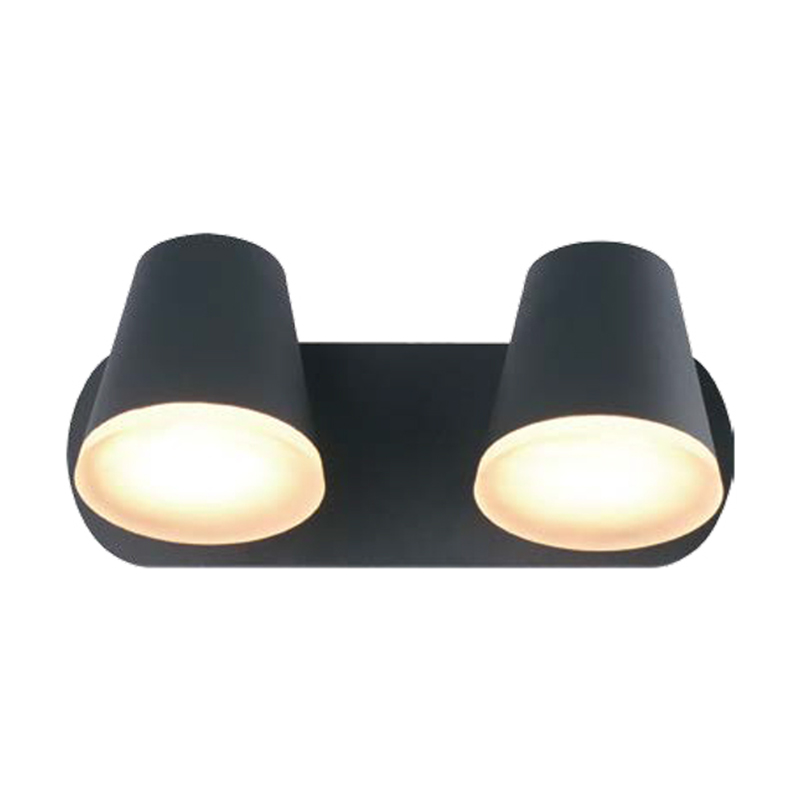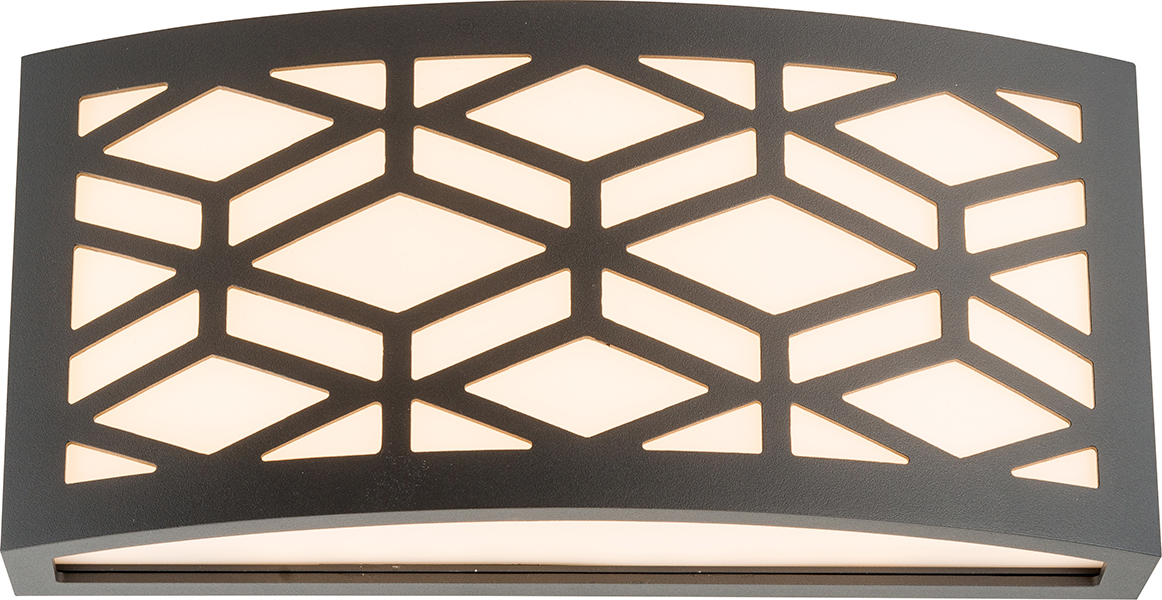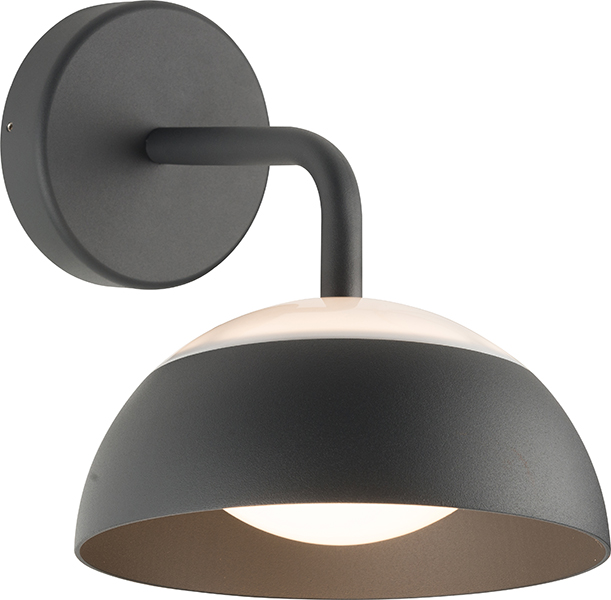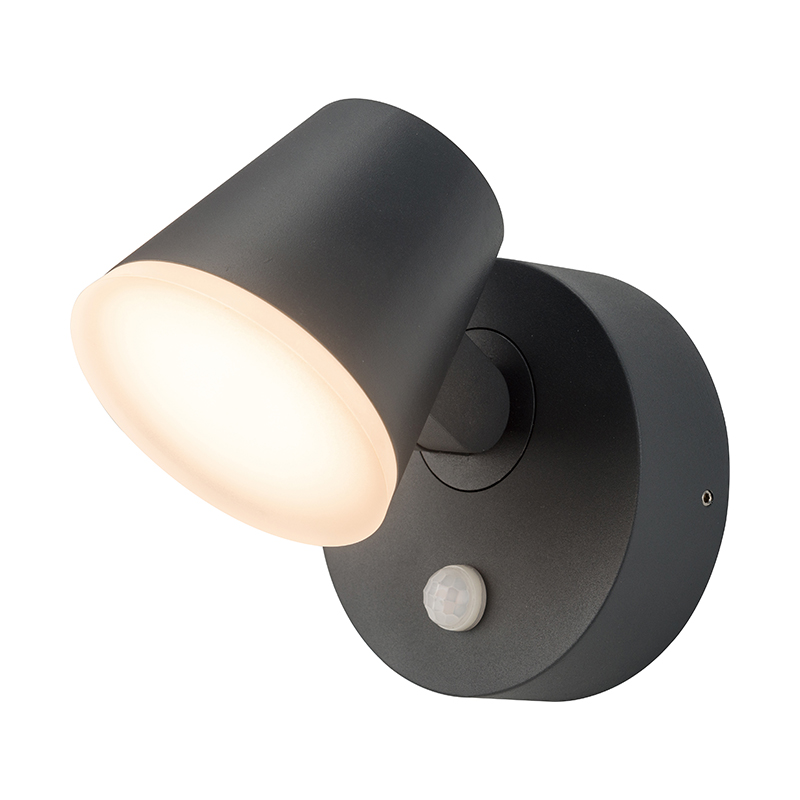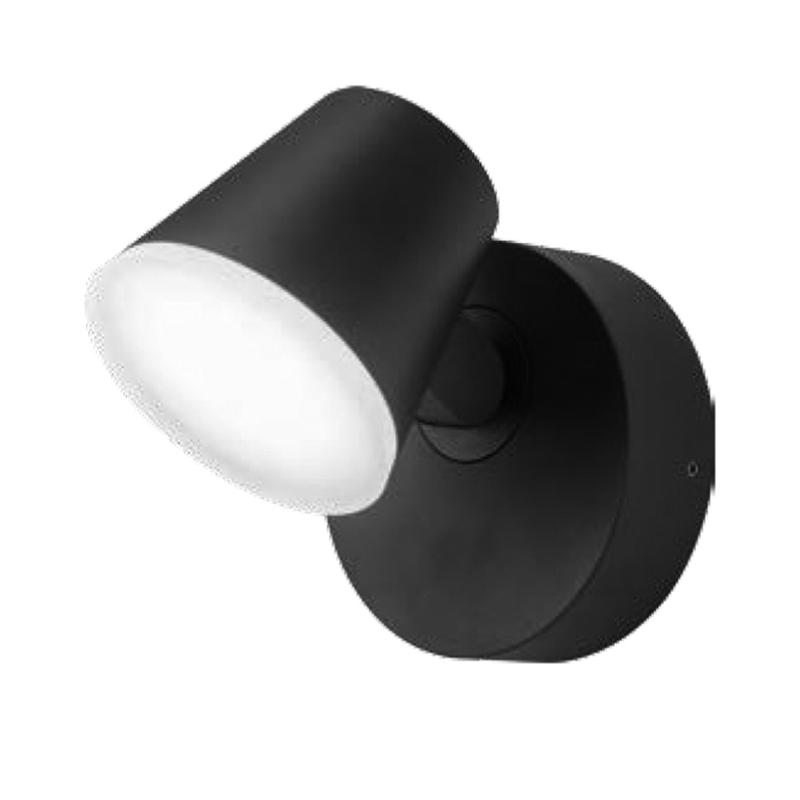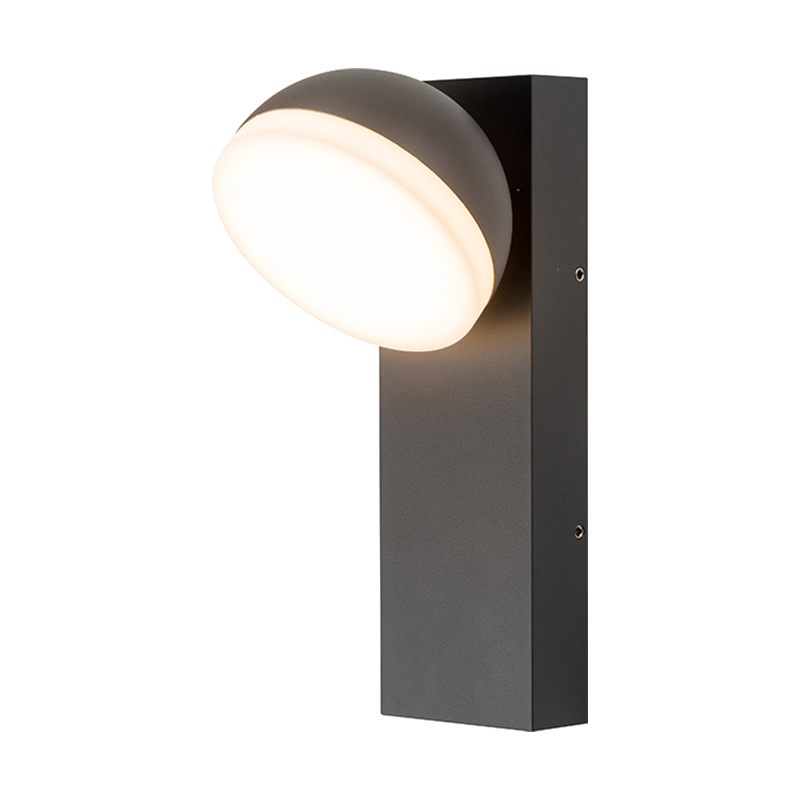
Eco-Friendly Living: How Solar Lights Reduce Your Carbon Footprint
1. What is a carbon footprint?
Carbon footprint is a measure of the total amount of greenhouse gases (mainly carbon dioxide) produced by a person, organization or activity in a specific period of time, usually in units of "carbon dioxide equivalent" (CO₂e).
Common sources of carbon emissions include:
Household electricity (especially in areas with coal-fired power generation)
Private car and airplane travel
Industrial production and transportation
Food supply chain
In daily life, every time we turn on a light, charge a battery or use an air conditioner, it may mean that the power plant consumes more fossil fuels. This is one of the reasons why we need to start with energy consumption to reduce carbon footprint.
2. How solar lights work
A solar light is a device that uses sunlight to generate electricity and store energy for lighting. Its basic structure includes:
Solar panel (Photovoltaic Panel): absorbs sunlight during the day and converts it into electricity
Battery (Rechargeable Battery): stores electricity for nighttime lighting
LED bulb: high efficiency, low energy consumption, provides lighting
Light control/sensing system: automatically identifies day and night or human movement, and realizes intelligent switching
Solar lights do not need to be connected to the home power grid, no need to pull wires or wiring, simple installation, and are an excellent way to achieve independent and clean lighting.
3. How solar lights reduce carbon emissions
Zero electricity cost: Traditional lamps rely on power grids, and most power grids are still provided by high-carbon energy such as coal and natural gas. Using solar lights completely relies on natural light sources, avoiding electricity consumption and thus reducing carbon emissions.
Reduced power generation demand: Each solar lamp charges itself during the day and illuminates at night, without the need for power plants, which indirectly reduces the burden on the national power system.
LED high efficiency and energy saving: Most modern solar lights use LED bulbs, which are much more energy efficient than traditional incandescent or fluorescent lamps, further reducing energy consumption.
Long life, less replacement: high-quality solar lights have a long service life (often up to 5-10 years), reducing carbon emissions during production and transportation.
4. Applicable scenarios: Where can solar lights be used?
Courtyard/garden lighting: beautify the environment while saving electricity bills, automatically light up, safe and convenient.
Aisle/corridor/wall lights: enhance night visibility and improve family safety.
Parking lot/terrace/balcony: no need to connect to electricity, suitable for fill lighting in open spaces.
Camping/field travel: portable solar lights are ideal for outdoor activities, light and environmentally friendly.
Rural/remote areas: places with unstable power grids can achieve stable lighting through solar energy.
The wider the area where solar lights are used, the more obvious the effect of energy saving and emission reduction, especially in public places where they are installed in large quantities, the effect is more impressive.
5. Additional environmental advantages of solar lights
In addition to reducing carbon emissions, solar lights also have many additional environmental advantages:
No need for wire construction: reduce the waste of consumables such as cables and PVC pipes, and avoid damage to the surface or greening.
Made of environmentally friendly materials: Many brands are beginning to use recyclable materials and non-toxic plastics to improve the sustainability of their products.
Low maintenance, less scrap: There is almost no need to replace parts during long-term use, avoiding the large amount of electronic waste.
Zero noise and zero emission operation: Unlike generators or fuel-fired lighting equipment, solar lights are quiet and pollution-free.
Product Category
News Category
- Detailed information
 Emily: emily@cn-hangjia.com
+86-158 8806 3776
Emily: emily@cn-hangjia.com
+86-158 8806 3776 Fanny: fanny@cn-hangjia.com
+86-134 8422 9778
Fanny: fanny@cn-hangjia.com
+86-134 8422 9778 Tina
: tina@cn-hangjia.com
+86-159 5829 3091
Tina
: tina@cn-hangjia.com
+86-159 5829 3091 Address : East Industrial Park Linshan Town Yuyao City Zhejiang Province
Address : East Industrial Park Linshan Town Yuyao City Zhejiang Province

 English
English 中文简体
中文简体